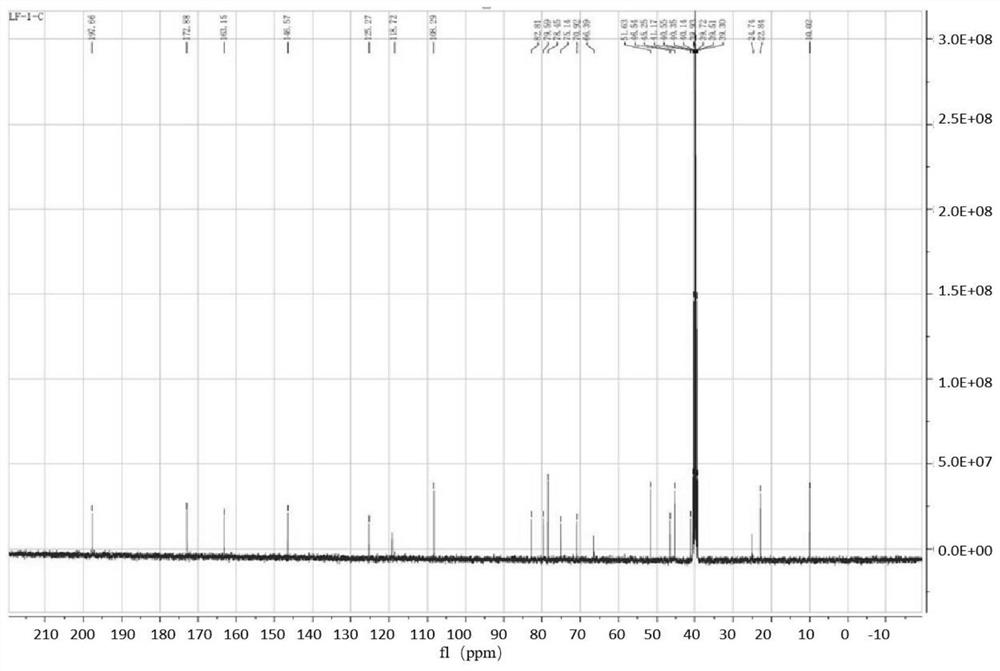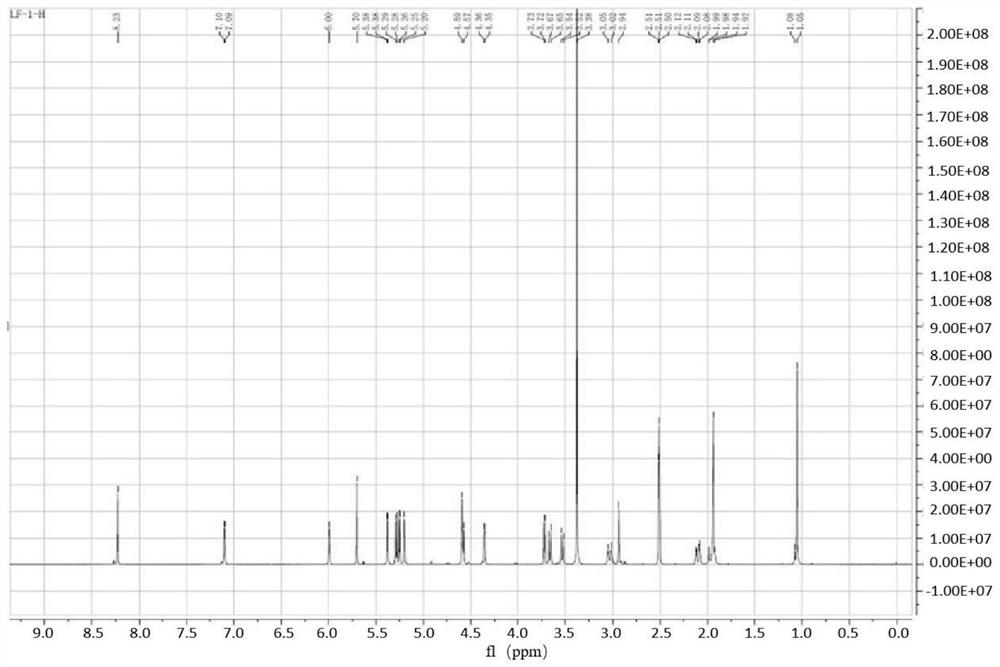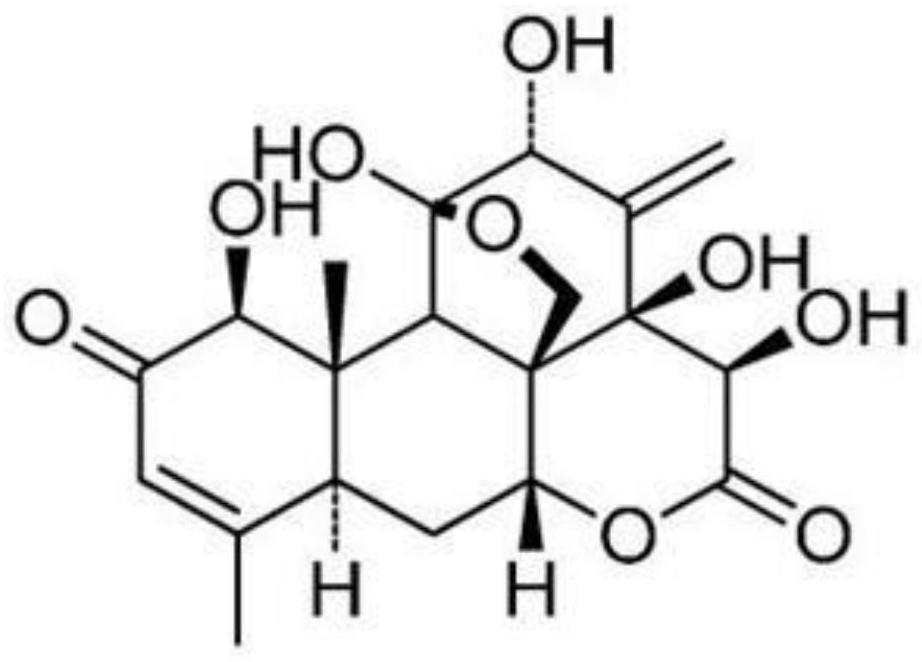Application of eurycomanone in preparation of medicine for preventing and treating acute kidney injury
A technology for acute kidney injury and ketone, which is applied in the field of preparation of drugs for the prevention and treatment of acute kidney injury with ketone, and can solve problems such as unreported
- Summary
- Abstract
- Description
- Claims
- Application Information
AI Technical Summary
Problems solved by technology
Method used
Image
Examples
Embodiment 1
[0026] Example 1: Preparation of Tongkat Ali Extract.
[0027] 1. Implementation plan
[0028] Pulverize Tongkat Ali, extract with aqueous solution or alcoholic solution one or more times, filter while hot, combine extracts, concentrate to obtain Tongkat Ali extract. Wherein, the amount of aqueous solution, or low-concentration ethanol aqueous solution, or low-concentration methanol aqueous solution is 5-25 times the weight of Tongkat Ali; the extraction time is 1h-3h. The obtained extract has a concentration of 330mg / ml.
Embodiment 2
[0029] Example 2: Preparation and identification of ketones.
[0030] 1. Implementation plan
[0031] The diterpenoid components in the Tongkat Ali extract include one or more of pyranol-2-O-β-D-glucopyranoside, pyrylone, and pyryl alcohol, wherein pyryl The content of alcohol-2-O-β-D-glucopyranoside is 0.1% to 5%, the content of pyroxylenone is 0.1% to 5%, and the content of pyranyl alcohol is 0.1% to 5%. In order to clarify the pharmacological activity of ketone, we isolated ketone, chemical formula C 20 h 24 o 9 , molecular weight 408.403, CAS accession number 84633-29-4.
[0032] The specific preparation method is as follows: according to the previously obtained tongkat ali extract, ethanol precipitation with 75-97% content, repeated silica gel column chromatography, and recrystallization to obtain the ketone monomer, the purity of which is over 95% through HPLC analysis.
[0033] 2. Implementation results
[0034] Through nuclear magnetic resonance spectroscopy (Nucle...
Embodiment 3
[0035] Example 3: Tongkat Ali extract and ketanthamone relieve IRI-induced AKI.
[0036] 1. Implementation plan
[0037] Male C57BL / 6 mice at the age of 8-10 weeks were randomly divided into control group, ischemia-reperfusion injury (Ischemia-reperfusion injury, IRI) treatment group, eutonerone (EN) + IRI treatment group (EN treatment group) , Tongkat Ali (EL) extract+IRI treatment group (EL treatment group), 5 rats in each group. The mice in each group were treated as follows:
[0038] Control group: room temperature, 3% pentobarbital sodium anesthetized the mice with 1ml / kg body weight, the mice were simply laparotomed at the midline of the abdomen to find the renal pedicle, but the renal pedicle was not clamped, and then sutured layer by layer.
[0039] IRI treatment group: the anesthesia and surgical approach were the same as above. The bilateral renal pedicles of the mice were clamped for 30 minutes with a micro arterial clip, and the body temperature was maintained at...
PUM
 Login to View More
Login to View More Abstract
Description
Claims
Application Information
 Login to View More
Login to View More - R&D
- Intellectual Property
- Life Sciences
- Materials
- Tech Scout
- Unparalleled Data Quality
- Higher Quality Content
- 60% Fewer Hallucinations
Browse by: Latest US Patents, China's latest patents, Technical Efficacy Thesaurus, Application Domain, Technology Topic, Popular Technical Reports.
© 2025 PatSnap. All rights reserved.Legal|Privacy policy|Modern Slavery Act Transparency Statement|Sitemap|About US| Contact US: help@patsnap.com



